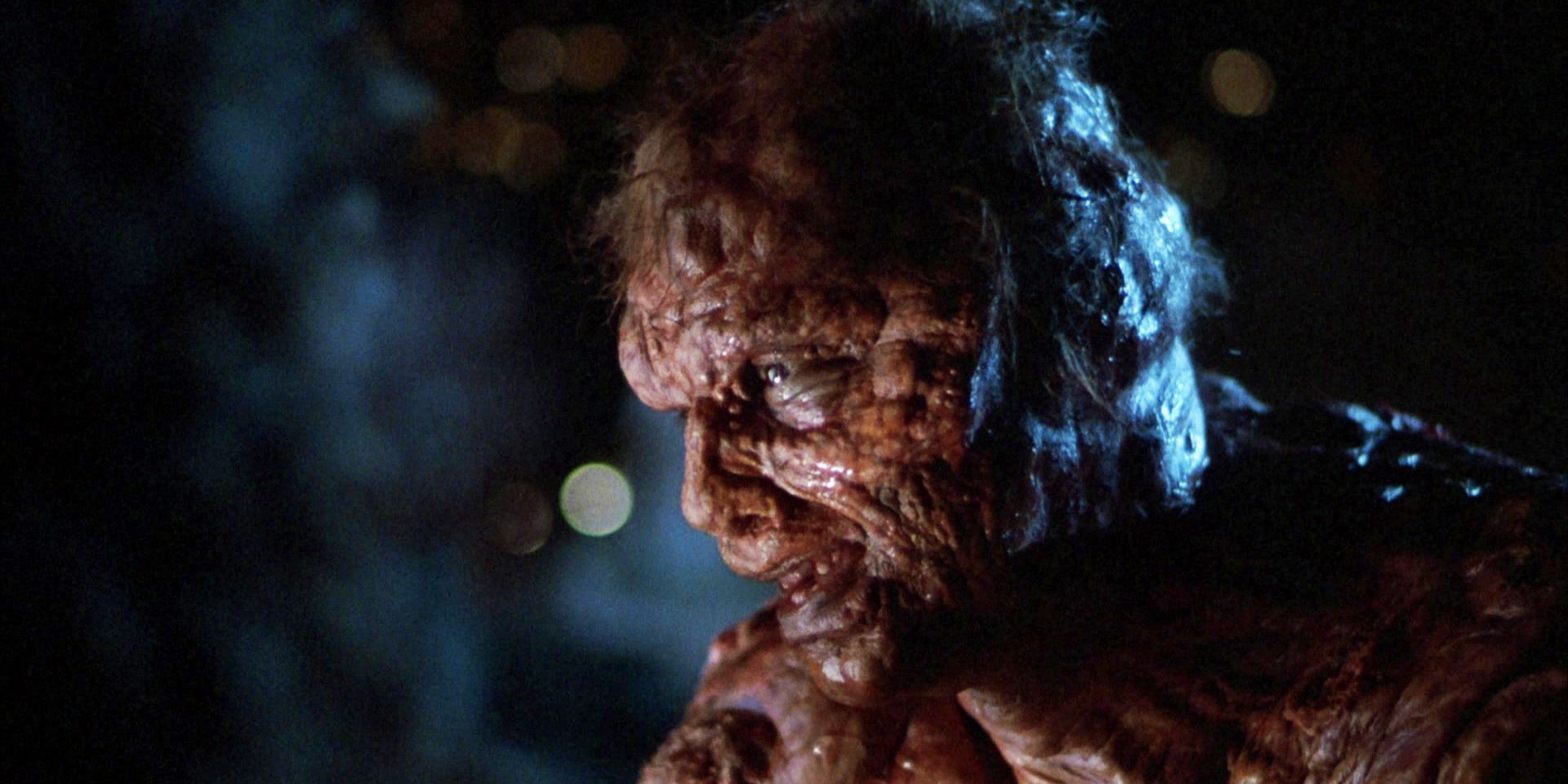The Fly (2025) is a psychological sci-fi horror film that reimagines the iconic legacy of David Cronenberg’s 1986 classic, bringing new themes and characters into a world still haunted by the consequences of experimental science. Rather than a direct remake, this version is a spiritual sequel, set decades after the events of the original. The story follows Dr. Mara Vogel, a brilliant but emotionally distant molecular biologist whose research into teleportation technology uncovers the long-buried remnants of Seth Brundle’s original work.
Dr. Vogel’s journey begins when she stumbles upon encrypted files from a defunct biotech company tied to Brundle’s experiments. As she and her team begin testing a modernized teleportation system, strange biological side effects begin to emerge—small at first, then rapidly escalating. Lab animals display unnatural hybrid behavior. One researcher experiences a terrifying transformation. It becomes clear that something ancient and unstable still lingers within the core algorithm of the device.
Haunted by nightmares and hallucinations, Dr. Vogel begins to suspect that Brundle’s genetic corruption was never fully contained. As her own DNA begins to show signs of abnormal mutation, she is forced to confront a horrifying truth: she may have unknowingly activated a dormant viral sequence encoded into the system. Now, with time running out and her humanity slipping away, she must either destroy the technology—or complete what Brundle started.

Visually intense and psychologically layered, The Fly (2025) balances practical creature effects with modern visual storytelling, echoing the grotesque beauty and tragic horror of its predecessor. The film explores not only physical transformation but also moral decay, grief, and the danger of unchecked innovation. Central to the story is the question: what does it truly mean to lose your identity—piece by piece?
Unlike many modern reboots, The Fly (2025) doesn’t rely on nostalgia alone. Instead, it expands the mythos with original characters, grounded emotion, and a slow-burning sense of dread. It respects the body horror tradition while introducing a female-led perspective that adds new depth to the narrative.
As the film reaches its climactic ending, viewers are left with a chilling ambiguity: science may move forward, but some doors—once opened—can never truly be closed.
-1753255504-q80.webp)

-1750055118-q80.webp)
